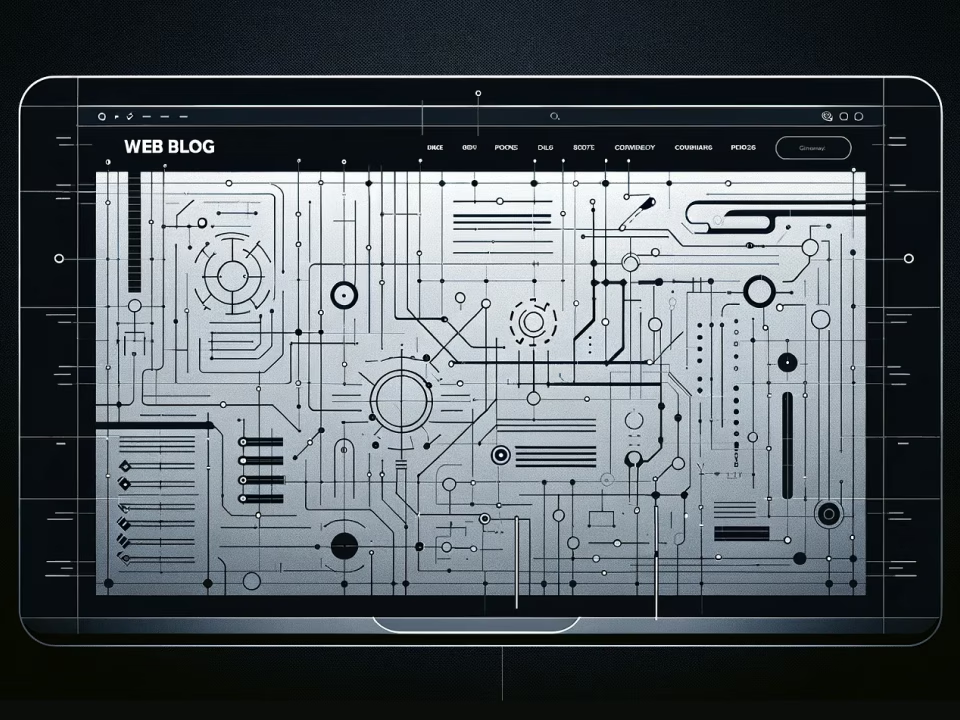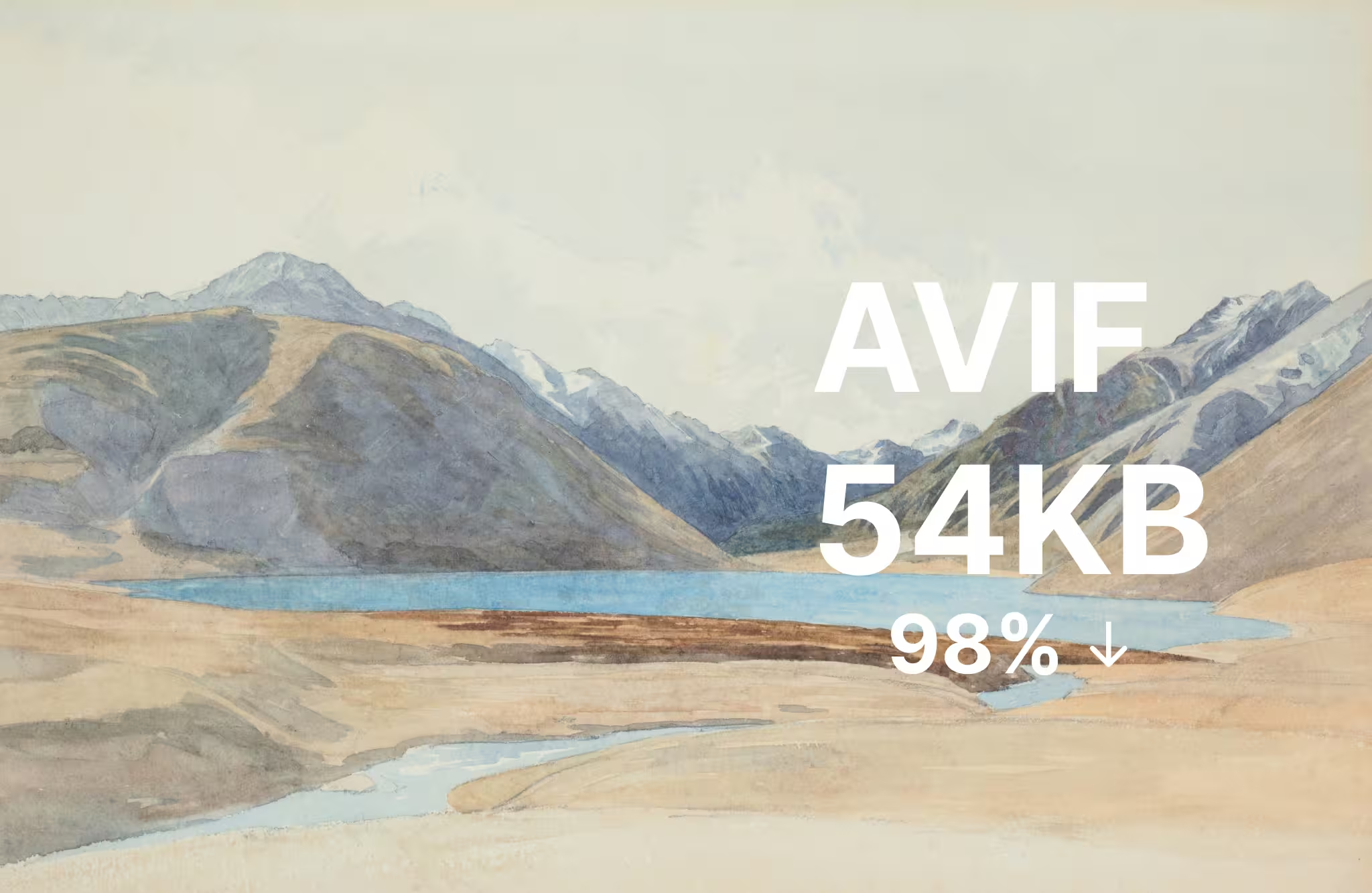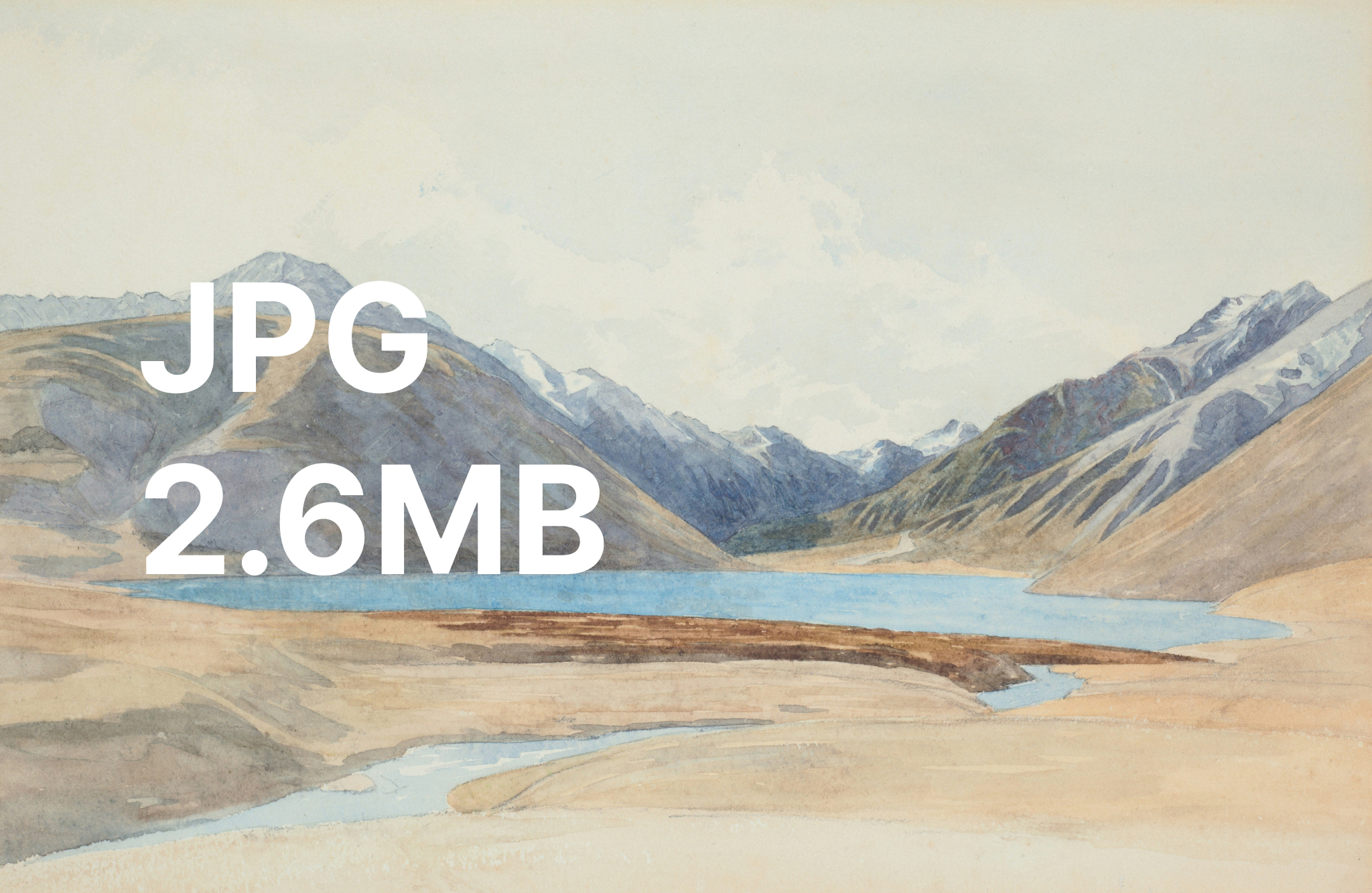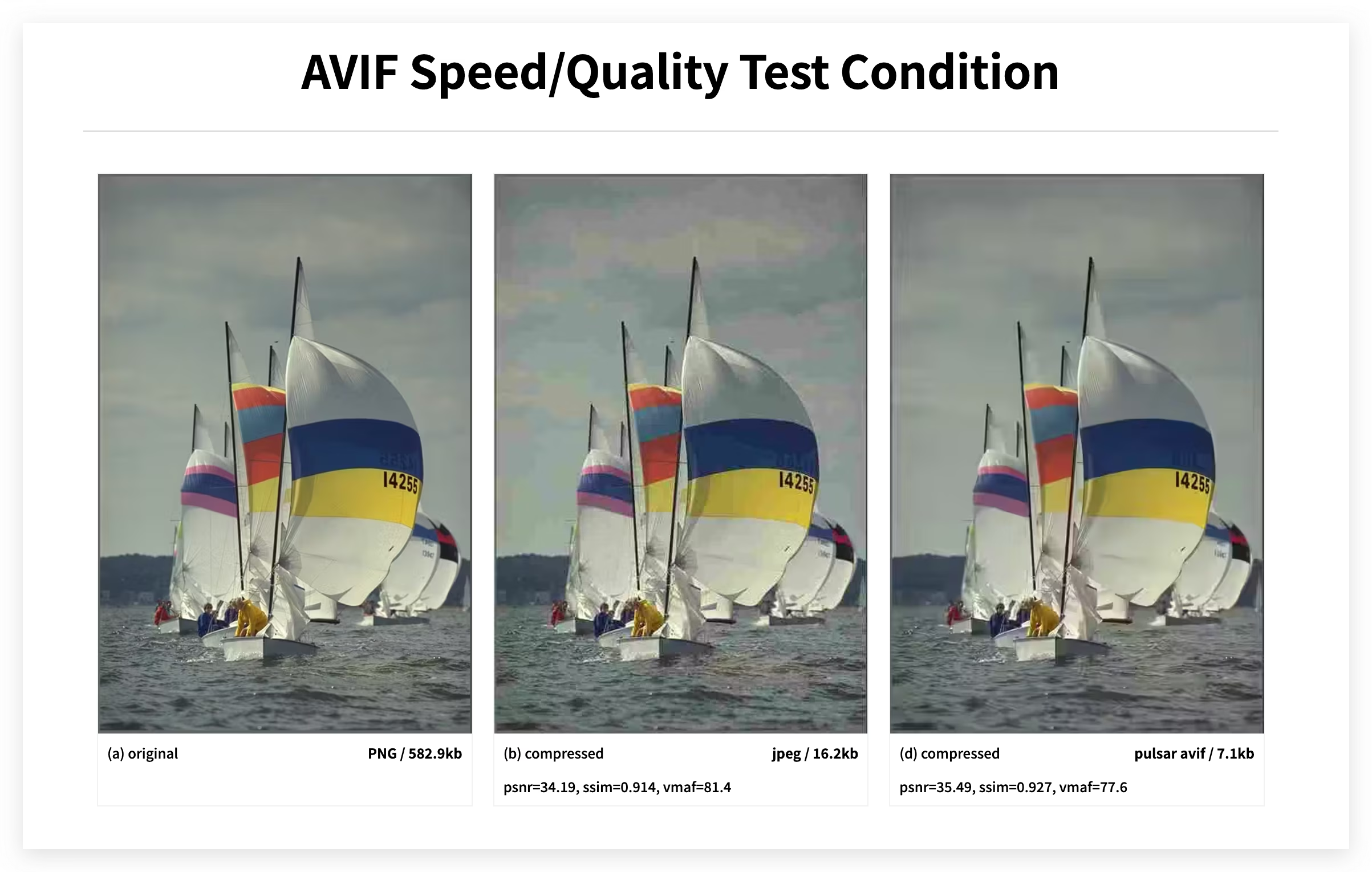AVIF and AV1 are the present and future of images and videos
For once, the Big Tech got together to create the USB-C like of the video and image formats

I had to write about this topic out of excitement. This example stands out as one of those rare occasions where major companies—particularly in big tech—set aside their usual focus on proprietary formats and patterns to collaborate for the greater good.
JPG and PNG, or MP4 and MOV will be part of the past.
Since 2015, the non-profit consortium called Alliance for Open Media, formed by Amazon, Apple, ARM, Cisco, Facebook, Google, Huawei, Intel, Microsoft, Mozilla, Netflix, Nvidia, Samsung Electronics, and Tencent, has created open royalty-free multimedia formats for video (AV1) and imaging (AVIF) as a successor for VP9 (developed by only Google and not adopted widely) and HEVC (known as H.265, covered by patents, and using it typically requires the payment of licensing fees).
When it comes to images, we’re all familiar with JPEG, PNG, and GIF, our ever-evolving need for higher resolutions and quicker transfer speeds calls for an even more advanced solution.
The next comparison between the two images shows a reduction of 98% of file size (with compression of 50%). You can judge the quality from the slider:


Museum of New Zealand Te Papa Tongarewa via @tepapa
Enter AV1: a modern, open format championed by the industry’s heavyweights. Free to use and designed to meet contemporary demands, AV1 is poised to do for media what USB-C did for the messy world of cables—streamline and standardize.
The AV1 and AVIF formats
The AV1 (AOMedia Video 1) format is an open, royalty-free video coding format designed for video transmissions over the Internet.
AV1 offers significant advantages in terms of compression efficiency, which can reduce bandwidth usage by as much as 30-50% compared to H.264, and about 20% compared to VP9, without sacrificing quality. This makes it particularly appealing for streaming high-resolution video on the internet.
At the other side of the table, AVIF, based on the AV1 video codec, serves as a formidable challenger to well-established image formats like JPEG and PNG. It offers better compression and supports a wider color gamut, 10-bit color depth (up to 1024 shades for each primary color = 1 billion colors vs. 16 million for 8-bit), high dynamic range (HDR), transparency, animation, and progressive rendering, which are crucial for modern web applications that demand high-quality visual experiences.
 Courtesy of https://www.blue-dot.io/avif-speed-quality-benchmark/, check it there for more details and comparisons
Courtesy of https://www.blue-dot.io/avif-speed-quality-benchmark/, check it there for more details and comparisons
These advancements are huge and set the floor for what is also coming in the future.
Caveats due to computational demands and adoption
Today’s computational costs raise concerns due to increased encoding times and demanding decoding requirements. Decoding AV1 content can heavily tax processors, particularly when hardware acceleration is unavailable, elevating CPU usage which can drain batteries and degrade performance during playback.
This issue is especially pronounced in mobile devices, which have limited processing power and battery life compared to desktops. Moreover, for many companies, the financial burden of upgrading infrastructure to support new codecs like AV1 may not immediately outweigh the benefits, hindering rapid adoption and delaying the full realization of the technology’s advantages.
Here is a detailed benchmark comparison of the AVIF image format against WebP, JPEG, and JPEG XL, offering a comprehensive set of test results to evaluate image coding efficiency.
For that reason, it might be still important to offer backups to jpg and png for those devices that can’t handle the decoding with hardware.
<picture>
<!-- AVIF image for browsers that support it -->
<source srcset="image.avif" type="image/avif">
<!-- JPEG fallback for browsers that do not support AVIF -->
<source srcset="image.jpg" type="image/jpeg">
<!-- Fallback image tag for older browsers that do not support the <picture> element -->
<img src="image.jpg" alt="Descriptive text about the image">
</picture>Many modules on npm can handle these code snippets very well.
Adoption and Ecosystem
The integration of AV1 and AVIF across tech platforms is now available and expanding, thanks to support from leading companies and hardware manufacturers:
Browser support
| Browsers | |
|---|---|
| AV1 Video Decoding & AVIF Image Support | Chrome(125), Edge(123), Firefox(126), Safari(17.5) caniuse.com |
Hardware support
| Intel processors | Apple Silicone | ADM | Nvidia | Smartphone |
|---|---|---|---|---|
| 11th Gen Intel CPUs (Decoding) Arc GPU (Encoding) | Apple M1/M2 chips (Decode) Apple M3 chips (encode) | Radeon RX 7000 (encoding) | GeForce RTX 40 series (encoding) | Qualcomm (Snapdragon 888), Samsung Exynos (2100), MediaTek (Dimensity 1000) |
Special tools to optimize assets
- jampack.js A post-processing tool designed to optimize static websites after they are built (also image optimization using Sharp), enhancing user experience and Core Web Vitals scores.
- Squoosh is an actual web application that you can use to compress, convert, and optimize images directly in your browser. It’s designed to be highly accessible and user-friendly, supporting a variety of image formats including the newer AVIF format, which is known for its high compression efficiency and quality retention.

As the digital world continues its relentless advance, AV1 and AVIF are emerging as the definitive formats for video and image content on the web. With their advanced compression techniques, robust feature sets, and widespread support across hardware and software, these formats are poised to revolutionize online media experiences. The ongoing adoption of AV1 and AVIF is a testament to their potential to set new standards in media consumption and creation.
Engineering should have a purpose.
And ultimately, Technology should empower people.